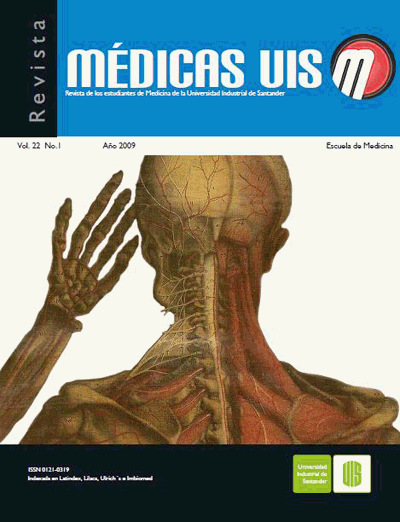Abstract
Nitric oxide is a multifunctional regulator, which is central to diverse processes including infammation, vasoregulation, intra-and intercellular signaling, apoptosis, and carcinogenesis. The failure in the synthesis and/or loss of bioavailability of nitric oxide is the main characteristic of many diseases. Understanding the mechanisms underlying the effects of nitric oxide at the cellular and tissue level, will allow the development of new therapies to balance the effects of nitric oxide in vivo. The purpose of this review is to mention the key findings in the feld of research on this diatomic gas and their biological dynamics.
Key words: Antioxidant. Radical nitrogen species. Radical oxygen species. Nitric oxide. Cell signalling.
References
2.Albert R. Scale-free networks in cell biology. J Cell Sci. 2005;118:4947-57.
3.Ignarro LJ, Buga GM, Wood KS. Endothelium-derived relaxing factor produced and released from artery and vein is nitric oxide. Proc Natl Acad Sci USA 1987;84:9265-9.
4.Palmer RM, Ashton DS, Moncada S. Vascular endothelial cells synthesize nitric oxide from L-arginine. Nature 1988;333:664-6.
5.Myers PR, Minor RL Jr, Guerra R Jr. Vasorelaxant properties of the endothelium-derived relaxing factor more closely resemble S-nitrosocysteine than nitric oxide. Nature 1990;345:161-3.
6.Barinaga M. Is nitric oxide the “retrograde messenger”?. Science 1991;254:1296-7.
7.Hoffman M. A new role for gases: neuro transmission. Science 1991;252:1788.
8.Koshland DE. The molecule of the year. Science 1992;258: 1861.
9.Culotta E, Koshland DE. NO: new is good news. Science 1992; 258: 1862-5.
10.Bilban M, Haschemi A, Wegiel B et al. Heme oxygenase and carbon monoxide initiate home-ostatic signaling. J Mol Med 2008;86:267-79.
11.Li L, Moore PK. Putative biological roles of hydrogen sulfide in health and disease: a breath of not so fresh air? Trends Pharmacol Sci 2008;29:84-90.
12.Li L, Moore PK. An overview of the biological significance of endogenous gases: new roles for old molecules. Biochem Soc Trans 2007;35:1138-41.
13.Nitric oxide: biology and chemistry. Holanda: Excerpta Medica-Elsevier-Academic Press; 1997-[fecha de acceso 15 de octubre del 2008]. Disponible en: http://www.elsevier.com/wps/find/journaldescription.cws_home/622926/description#description
14.Shoja MM, Tubbs RS, Shokouhi G. The potential role of carbon dioxide in the neuroimmunoendocrine changes following cerebral ischemia. Life Sci 2008;83:381-7.
15.Durazo-Quiroz F, Pastelín-Hemández G, del Valle-Mondragón L. Nitric oxide in medicine]. Gac Med Mex 2007;143:401-14.
16.Ray A, Chakraborti A, Gulati K. Current trends in nitric oxide research. Cell Mol Biol (Noisy-le-grand) 2007;53:3-14
